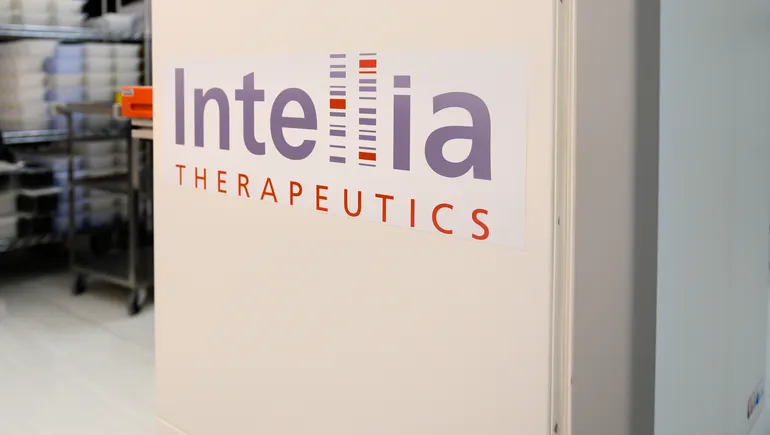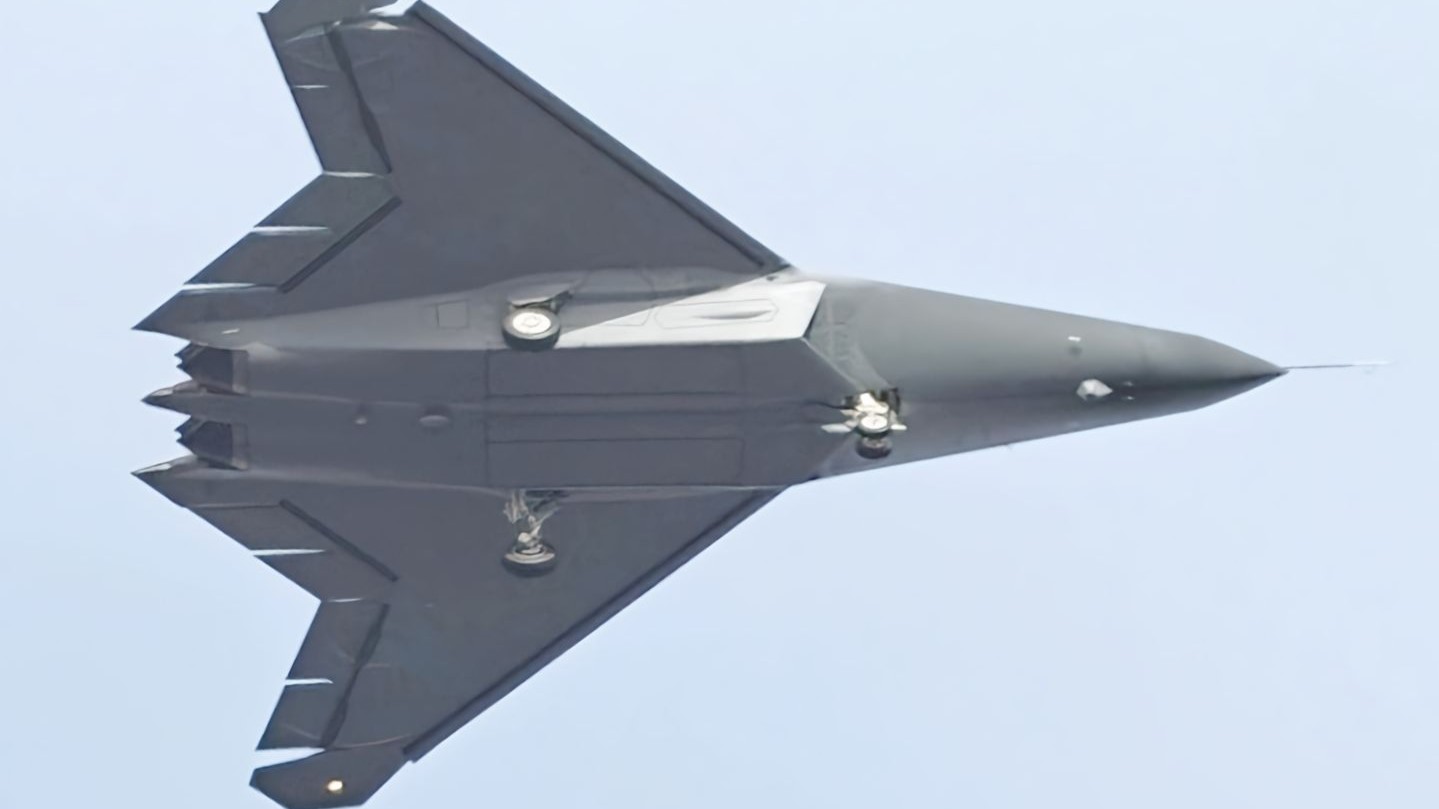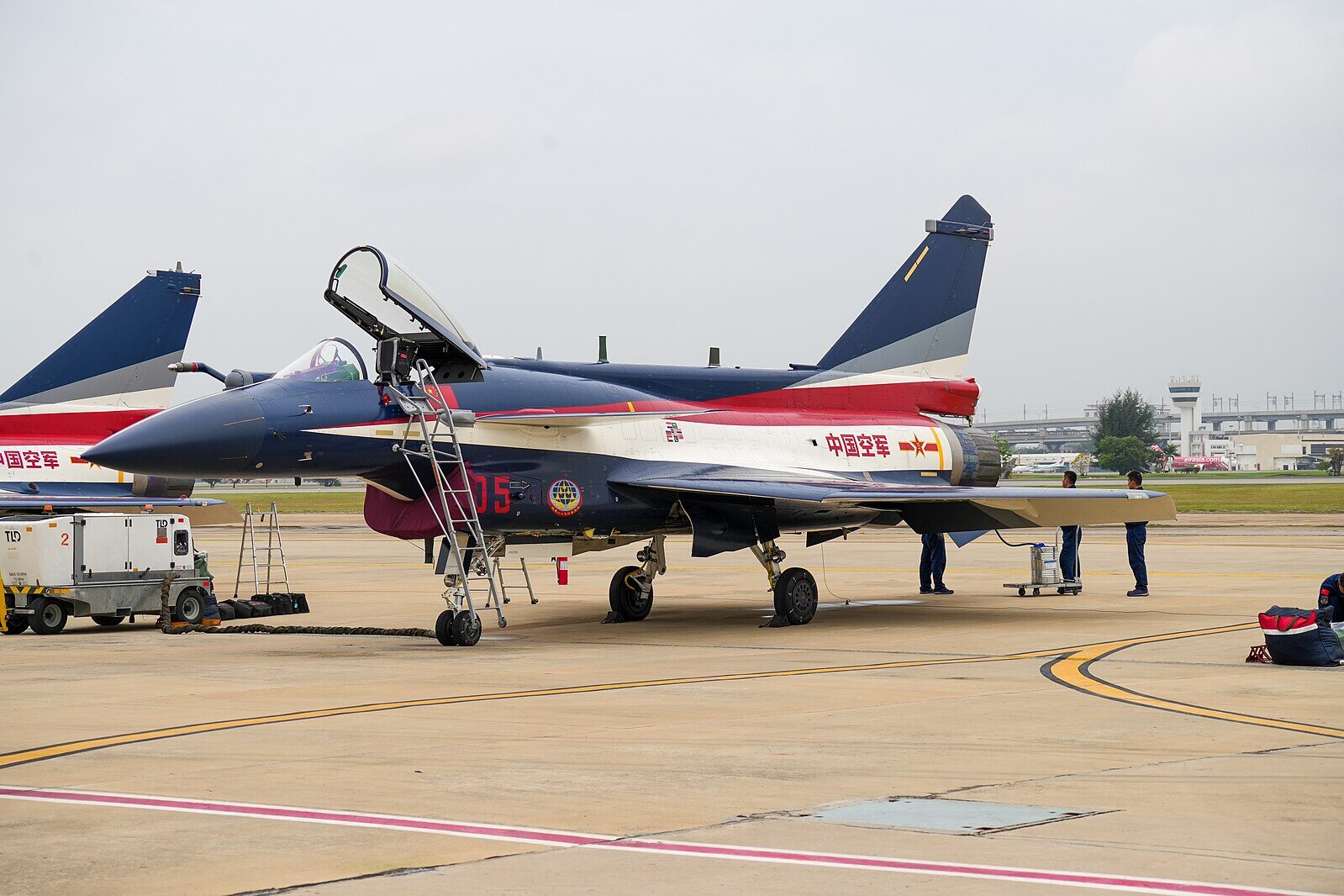AI is only as smart as its data, so how to make it ready for real missions?
[Sponsored] Artificial intelligence won’t deliver on its promises and stop hallucinating unless it’s fed strong data as a source.


Image courtesy of Maximus.
The phrase “garbage in, garbage out” has never been truer than it is in today’s era of artificial intelligence and Large Language Models that are only as trustworthy as the data they were trained on. Bad data can lead to AI models “hallucinating,” which makes them undependable and unusable for many defense applications.
“Modernizing” the data maximizes its value for AI-enabled missions, and Breaking Defense discussed the topic with Neil Kronimus, senior vice president, Technology Strategy and Solutions, Maximus.
Breaking Defense: In this conversion we’re going to be talking about accelerating data modernization. What does “modernization” mean when it comes to data? What are the things that hinder modernization?

Neil Kronimus is senior vice president for Technology Strategy and Solutions at Maximus.
Kronimus: In this context, data modernization moves away from siloed, outdated systems where a lot of information is not only departmental but very isolated in its systems. Modernizing it means you need to be able to do it in a way that’s integrated, secure, and accessible from multiple different sources. It could be electronic warfare data, system data, satellite or drone imagery data. Modernizing it means I’m able to digest it, give it context, and can place security and access controls around it so that it’s trustworthy and usable in real time.
Thirty years ago, we were applying metadata practices and data quality and cleansing to data. The pace that it needs to happen today is very similar, but the modernization part means it needs to happen much more seamlessly, automated, and completely built in.
What’s the challenge in doing what you’ve described?
In the government space, a lot of it is just policy and ownership. In some cases, it’s an older view of what data security needs to be. Security can be done in multiple contexts around data: who needs to get it, what do they need to get, and what’s appropriate.
Use is typically the largest hindrance of all. The easiest answer is often to say that I’m not sharing because of security, without a lot of justification or explanation to the why. Could it be that this entire dataset can be shareable minus one element? Instead of going through the effort of filtering that out so the value is preserved, it’s not done. It’s easier just to say no.
It’s the fragmentation, silos, and a culture of better be safe than sorry so agencies often end up creating these silos.
How does modernizing data make it better for use in artificial intelligence applications?
AI doesn’t live on its own. You can’t make good decisions or suggestions unless the data it’s receiving is good. You can build good models that are built for purpose and actually execute well.
That, however, is predicated on the data that was used in the training process being good, not fabricated information or completely uncleansed data. Does the model fulfill what the intent was? Yes. Does it do it well? No, because it was trained on poor data.
Even if you deploy the model using real-time information, if that data isn’t cataloged correctly or provided the right context, then the model won’t do what it’s intended to do, and the AI will essentially fail or misguide you. It’s not easy to tell until it’s too late.
How does tackling these challenges improve mission readiness and effectiveness
Addressing these challenges with high-quality data and AI solves a multitude of critical problems for warfighters, while also enhancing their operational readiness and effectiveness.
AI can tailor workforce allocation and skill development by analyzing detailed personnel records, training performance metrics, and operational schedules. For example, AI can predict staffing needs and identify skill gaps, recommending targeted training for technicians to address specific equipment failure patterns. This reduces the risk of operational errors and increases mission success rates.
Robust data from communication systems allows AI to optimize bandwidth allocation and detect cyber threats. Enhanced data quality enables AI to model complex scenarios, such as fatigue or network vulnerabilities, ensuring that communication systems remain secure and reliable. This is crucial for maintaining situational awareness and coordinating operations, which are essential for warfighters in the field.
And lastly, data-driven AI can anticipate spare part needs and optimize maintenance schedules and resource allocation. By using supply chain data — such as inventory levels, lead times, and supplier performance — AI can prevent delays in repairs, ensuring that warfighters have the necessary equipment when they need it.
To help accelerate data modernization, you point to several elements: data operations, data engineering, AI-driven insights and data, and low code/no code solutions. Briefly explain each.
Data operations solutions harness automation to boost data accuracy for accelerated decision-making across the enterprise. Through a comprehensive DataOps approach, the DoD can optimize its infrastructure while ensuring seamless data quality and integration to unlock the full potential of its data.
To modernize data operations, they must use cutting-edge engineering techniques that drive seamless integration, secure migration, and scalable architecture. With the power of cloud computing, big data platforms, and advanced analytics, the Defense Department can build efficient data pipelines that are ready for the future.
To gain decision intelligence at scale, the Army and others must use AI-powered data science, low-code/no-code platforms, and advanced visualizations. Together, these will empower users to rapidly analyze data to make informed decisions that drive continuous innovation for mission success.
Maximus has expertise in providing low code/no code solutions that facilitate rapid digital transformation. These solutions are designed to be user-friendly, enabling quick deployment and adaptation to meet the Army’s modernization priorities.
Final thoughts?
This has been said for a while, but data is the strategic asset. Having a modernization approach, practices around it, and a culture treating it that way can give you the complete advantage because then you can use it in any way you need.
AI can’t deliver on its promises and on the hopes that we all want it to have unless you have strong data as a source and strong data being fed to it. Good practices around data operations are key enablers of having that decision advantage.
This isn’t the future anymore. It is right now.




















































































































































